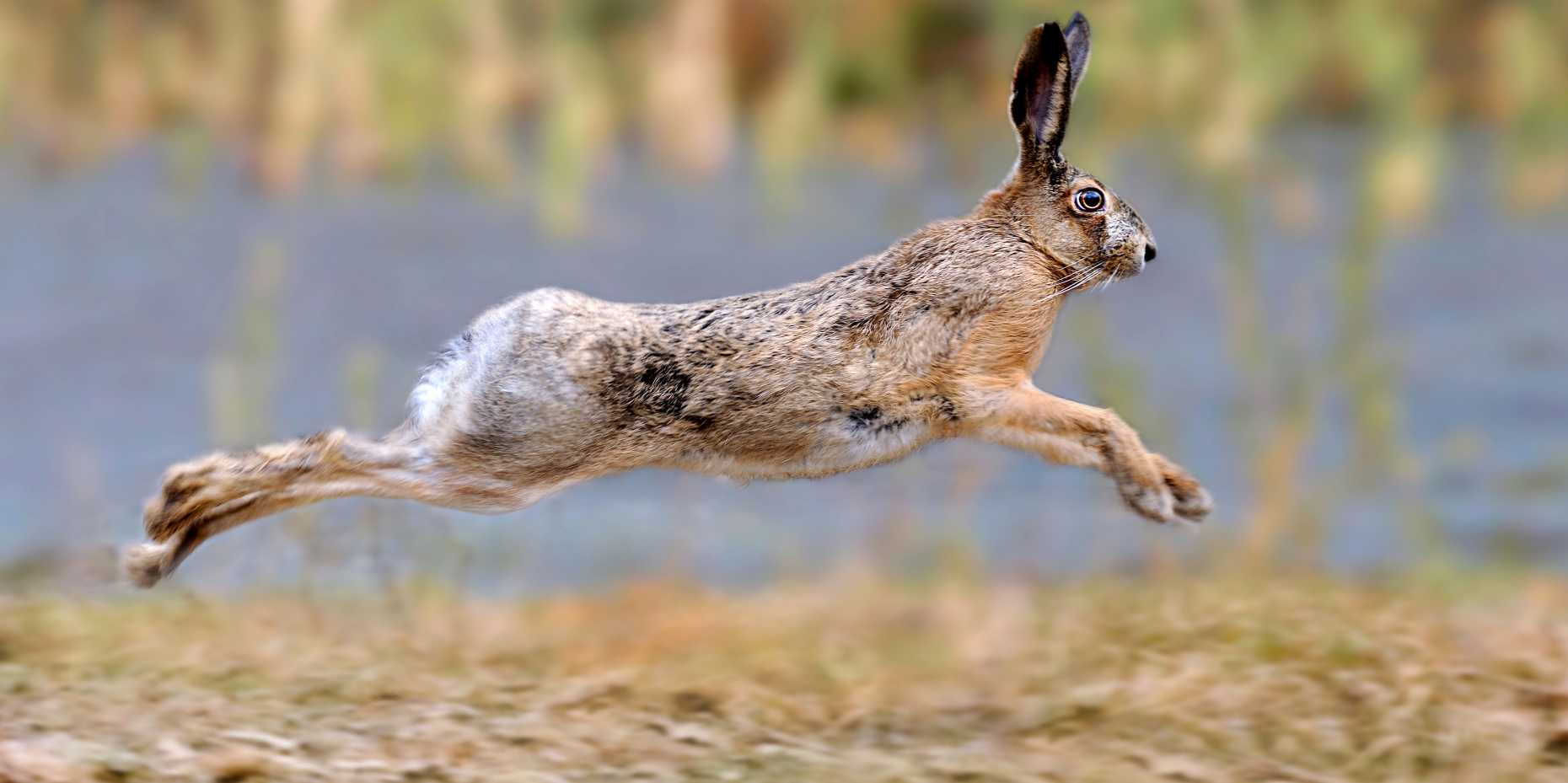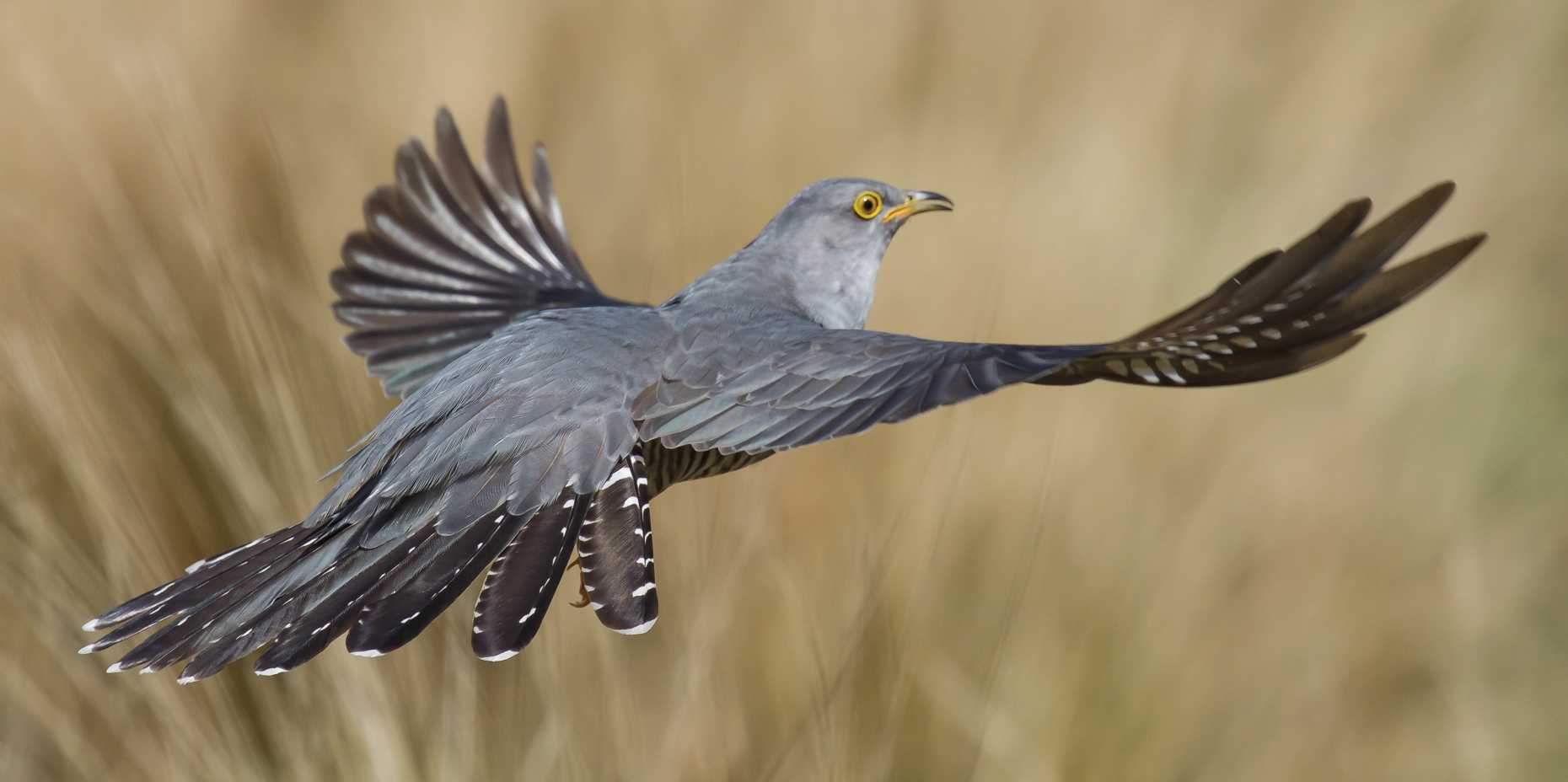A love for the common species
The key instrument in the protection of species – the red list– is a register of particularly rare species. The principle is that the rarer a species, the more urgent are the measures to prevent its extinction. However, this distracts from the fact that Nature should be rich in common species.
It seems that before people will pay attention to a species, it must become rare or even extinct. Lonesome George, the last remaining member of a subspecies of Galapagos tortoises, has a whole book to his name; after his death, he was embalmed. And Martha, the last passenger pigeon, was famous before she died in Cincinnati Zoo on 1 September 1914, and her species became extinct.
A short while ago, another species made the headlines. Blick am Abend wrote, “Pandas no longer in danger of extinction. [...] Does the [WWF] now need to hunt for another animal emblem?” [1]. The focus of nature conservation on endangered species gives the impression that only the uncommon species are valuable – as if they were a particularly rare collector’s piece.
Dying out quietly
While mesmerised by species that are particularly rare or already extinct [2], we’re overlooking the gradual disappearance of more common species. In 2015, BirdLife Switzerland named the house sparrow Bird of the Year, explaining that “over the last 30 years in some areas of Switzerland, numbers of this supposedly hardy species have fallen by 20 to 40 per cent” [3]. During the twentieth century, many municipalities in the Swiss Midlands might have lost over half of the species.
Hearing the call of the skylark or the cuckoo, observing hares and grass snakes on your doorstep, marvelling at a fen with orchids in bloom – these are no longer everyday experiences. What is shocking is not the death of the last individual in a zoo somewhere, but the many species that are dying out locally.
Remembering lost biodiversity
Some older members of the local community will remember Nature in all her diversity; most of us have grown used to an impoverished natural world. I feel each municipality needs a record of that natural diversity – a collection of photos showing the countryside as it once was, a register and photos of species that used to live there, stories telling of frogs in the fire station pond, or of common redstarts in orchards now abandoned.
We should paste these photos on notice boards in the countryside, pin the register on the wall in the municipal office, and play recordings of stories at places where we remember wildlife. Only then will we miss those everyday encounters with plant and animals now lost to us. Have your children ever heard a nightingale sing? Have they ever seen a hare, other than a chocolate one?
Where once was abundance
Not only the number of species, but also the number of individuals per species has fallen drastically. Over the twentieth century, many populations shrunk to a tenth or less of their original size. In the past, reports on wildlife in Switzerland spoke of overabundance: countless plants in bloom, the raucous croaking of frogs, buzzing insects, singing birds, and hares aplenty to hunt. In 1945 alone, over 75,000 hares were culled in Switzerland. Today our country is home to only just over 100,000 hares.
For species to survive and fulfil their ecological function, animals, plants and fungi must be numerous. It takes not just three, but three hundred or three thousand frogs per municipality to ensure the frog will survive. Maybe that’s why we fear invasive species. We’re forgetting that Nature proliferates.
Impressing with success
Another reason that common species are dear to me is that they promise considerable gains in conservation. There is a good chance of success even with limited resources and in most places – not just in the few large designated conservation areas, but in every local community. Every area has the potential to be a natural paradise, stocked with common species. Just look at the stork and the beaver to see how a species can multiply within a short time! Such surprising re-colonisations are a delight to children and adults alike.
Giving up on rare species?
Does focussing on common species mean writing off the rare ones, and accepting their inevitable extinction? The level of financing currently accorded to nature conservation cannot prevent rare species dying out. In 2011, the federal government, cantons and municipalities together provided only 1.5 per thousand of public funds for wildlife and countryside conservation – an annual sum of around 30 CHF per inhabitant. Whereas the figure for transport was 11.1 per cent: 2,290 CHF per head, per year. Which is seventy times more [4].
So it would not be difficult to finance more nature conservation. I hope that success in promoting common species will show in time that saving a rare species is worthwhile too. I can imagine a rare species becoming a local attraction, just like a castle or historical monument. Ideally, each village will have its unique species, living among many common ones.
Further information
[1] external page Article of Blick am Abend
[2] In Switzerland as a whole, over 250 species have died out; according to the red list, almost half of the remaining species are at risk (designated as “potentially endangered” or higher). Further information: Swiss Biodiversity Forum 2015. external page Zustand der Biodiversität in der Schweiz 2014 – Die Analyse der Wissenschaft.
[3] BirdLife: external page Haussperling
[4] Report on Swiss biodiversity policy: external page Biodiversitätspolitik Schweiz


Comments
No comments yet